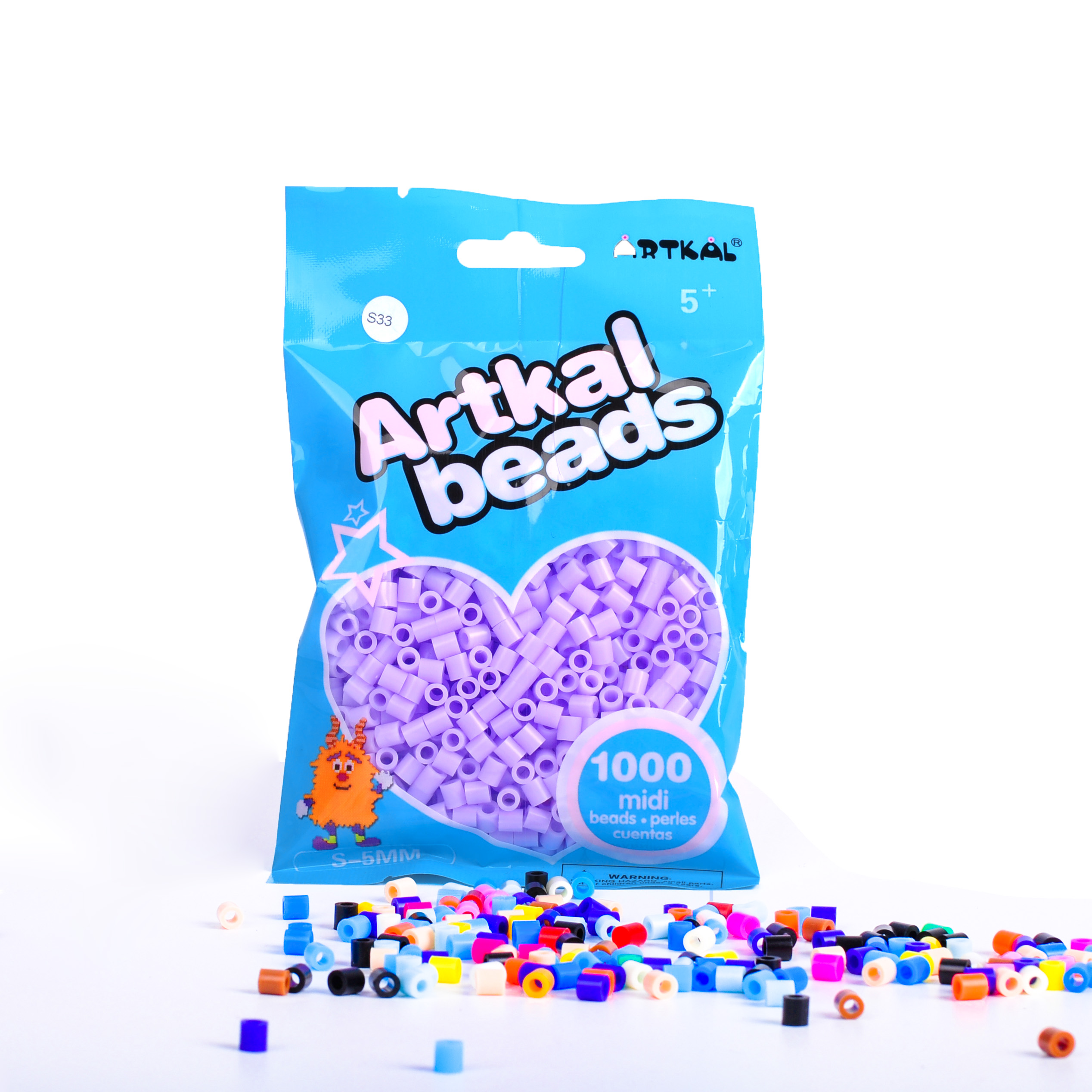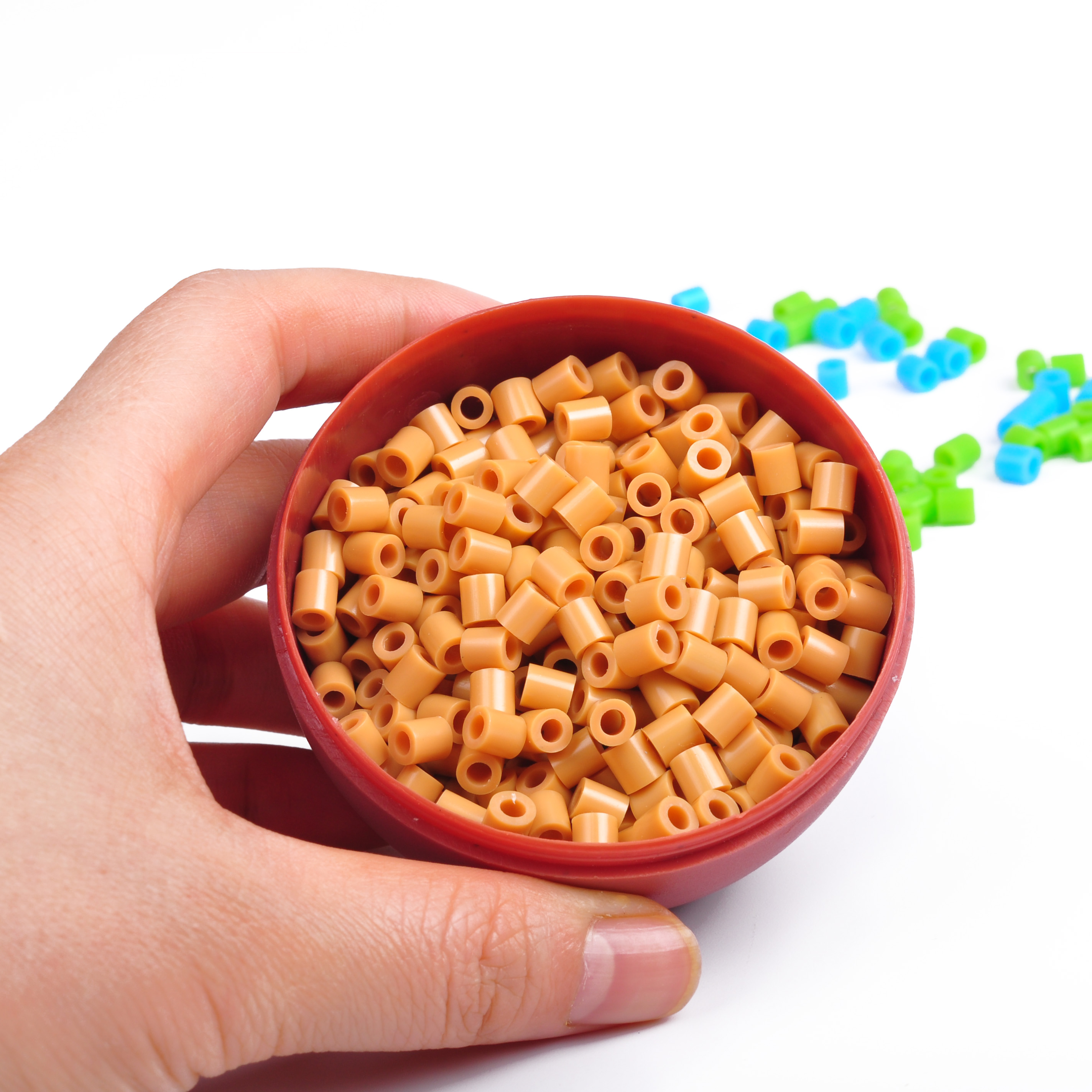Perler beads, the small plastic beads used for creating pixel art and designs, have been a popular crafting material for decades. However, they were not always known by this name. Let's delve into the fascinating history and evolution of these beads, exploring what they were originally called and how they have transformed over time.

The Origins of Perler Beads
Perler beads were first invented in the early 1960s by Danish craftsman Gunnar Knudsen. Initially, he called them "Pixy Beads," inspired by their purpose of creating pixelated artwork. These beads, made of low-density polyethylene, came in limited colors and sizes, making them suitable for simple designs.
Artkal Beads: An International Introduction
In the early 1970s, a Swedish company called Artkal took notice of Knudsen's Pixy Beads. They decided to repackage and distribute the beads under the name "Artkal Beads." With Artkal's marketing prowess and expanding color options, the popularity of these beads spread across Europe. Artkal Beads became a household name, synonymous with creating intricate and colorful designs.
Perler Beads: The American Revival
While Artkal Beads enjoyed success in Europe, the American market remained largely unaware of these colorful crafting wonders. In the late 1980s, an American entrepreneur named Erik Knight discovered Artkal Beads during a trip to Europe. Recognizing their potential in the United States, he acquired the exclusive rights to distribute them under the name "Perler Beads."
Expansion and Innovation
Under the Perler Beads brand, the product gained significant traction in the American market. More colors and sizes were introduced, empowering crafters to create intricate and vibrant designs. Perler Beads also introduced accessories like pegboards and ironing paper, further enhancing the ease of use and versatility of the product.

Contemporary Developments
In recent years, Perler Beads have continued to evolve. They are now available in a wider range of finishes, including glow-in-the-dark, pastel, and glitter variations. The beads themselves have become safer and non-toxic, ensuring they can be enjoyed by crafters of all ages. Additionally, the online crafting community has embraced Perler Beads, sharing tutorials, patterns, and inspiring designs.
The Enduring Appeal of Perler Beads
Today, Perler Beads remain a beloved craft item worldwide. They are used for creating jewelry, ornaments, keychains, and even three-dimensional sculptures. The nostalgic appeal of Perler Beads appeals to both children and adults, providing a creative outlet that blends art and play. Whether you call them Pixy Beads, Artkal Beads, or Perler Beads, one thing is certain—they have brought endless joy and creativity to countless crafters over the years.
Conclusion
The transformation of perler beads, from their early origins as Pixy Beads to the global success of Artkal Beads and the American revival as Perler Beads, is a testament to the enduring appeal of this crafting medium. Their evolution represents not only advancements in manufacturing but also the passion and creativity of the crafting community. Regardless of the name they go by, perler beads have become a timeless staple for crafters of all ages, providing a canvas for imaginative creations and cherished memories.

